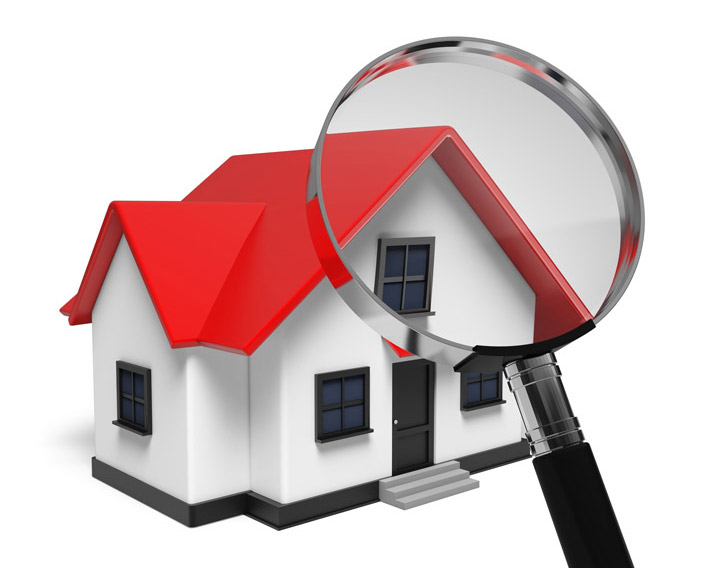
What Goes Into an Appraisal?A home purchase is the most serious transaction most might ever consider. It doesn't matter if where you raise your family, a second vacation property or an investment, the purchase of real property is a detailed financial transaction that requires multiple parties to make it all happen. Practically all the parties participating are quite familiar. The real estate agent is the most familiar entity in the exchange. Next, the mortgage company provides the financial capital needed to bankroll the deal. And ensuring all requirements of the exchange are completed and that a clear title transfers from the seller to the buyer is the title company. So, what party is responsible for making sure the value of the real estate is consistent with the purchase price? This is where the appraiser comes in. We provide an unbiased estimate of what a buyer might expect to pay — or a seller receive — for a property, where both buyer and seller are informed parties. A licensed, certified, professional appraiser from Christine Schaffer will ensure, you as an interested party, are informed. Inspecting the subject propertyOur first task at Christine Schaffer is to inspect the property to ascertain its true status. We must actually see aspects of the property, such as the number of bedrooms and bathrooms, the location, and so on, to ensure they indeed exist and are in the shape a reasonable buyer would expect them to be. The inspection often includes a sketch of the floorplan, ensuring the square footage is accurate and illustrating the layout of the property. Most importantly, the appraiser identifies any obvious features - or defects - that would affect the value of the property. Once the site has been inspected, we use two or three approaches to determining the value of real property: a sales comparison, a replacement cost calculation, and an income approach when rental properties are prevalent. 
Replacement CostHere, the appraiser pulls information on local construction costs, labor rates and other factors to calculate how much it would cost to replace the property being appraised. This figure commonly sets the upper limit on what a property would sell for. The cost approach is also the least used predictor of value. 
Analyzing Comparable SalesAppraisers get to know the neighborhoods in which they appraise. They innately understand the value of particular features to the people of that area. Then, the appraiser looks up recent transactions in the vicinity and finds properties which are 'comparable' to the real estate in question. By assigning a dollar value to certain items such as square footage, extra bathrooms, hardwood floors, fireplaces or view lots (just to name a few), we adjust the comparable properties so that they are more accurately in line with the features of subject property.
An opinion of what the subject might sell for can only be determined once all differences between the comps and the subject have been evaluated. At Christine Schaffer, we are an authority when it comes to knowing the value of particular items in Spokane and Spokane County neighborhoods. The sales comparison approach to value is most often given the most weight when an appraisal is for a home purchase. Valuation Using the Income ApproachIn the case of income producing properties - rental houses for example - we may use a third way of valuing a house. In this scenario, the amount of revenue the real estate produces is factored in with income produced by neighboring properties to determine the current value. Coming Up With The Final ValueCombining information from all approaches, the appraiser is then ready to document an estimated market value for the subject property. The estimate of value at the bottom of the appraisal report is not necessarily what's being paid for the property even though it is likely the best indication of a property's valueIt's not uncommon for prices to be driven up or down by extenuating circumstances like the motivation or urgency of a seller or 'bidding wars'. But the appraised value is typically employed as a guideline for lenders who don't want to loan a buyer more money than they could get back in case they had to sell the property again. At the end of the day, an appraiser from Christine Schaffer will guarantee you attain the most fair and balanced property value, so you can make the most informed real estate decisions. |